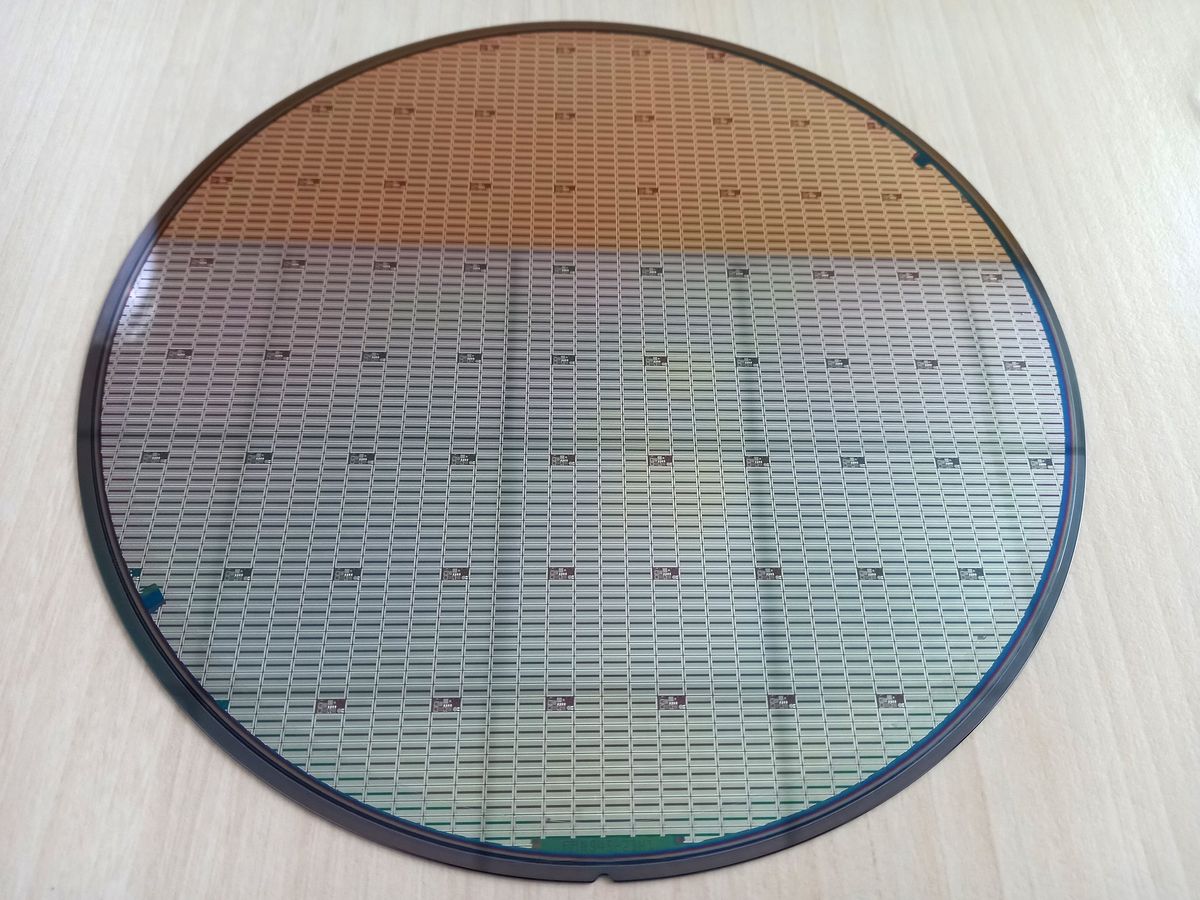The future of audio is silicon.
That, at least, is the pitch from audio company xMEMS, which recently announced the availability of the world’s “only all silicon, solid-state fidelity micro speakers.” Designed by xMEMS and produced by Taiwan Semiconductor Manufacturing Co. (TSMC), the speakers pair the consistency and efficiency of modern silicon fabrication with unique audio properties that, xMEMS says, traditional coil speakers can’t match.
Brian Lucey, a mastering engineer with credits on nine Grammy-winning albums, is impressed. “It’s a huge, huge leap in phase accuracy that we’ve never heard before,” he tells IEEE Spectrum.
“Everything is hitting you at the same time. There’s no time smear in the way the sound comes across.”
—Brian Lucey, Magic Garden Mastering
Silicon sounds purer
The company says the audible advantages of their silicon microspeakers are found in a technical aspect of audio quality that casual listeners rarely think about: phase distortion. This describes variation in the timing of low, mid, and high frequencies, and it’s an expected element of sound reproduction caused by limitations in traditional coil speakers. xMEMS also benefits from the excellent consistency of semiconductor manufacturing, which should drastically reduce differences in phase accuracy between speakers produced with the same process.
“Phase inaccuracy is so ubiquitous that we simply accept it,” says Lucey. “Driver technology up to now has never been able to be this accurate. It’s really not a question of what does it sound like when it’s inaccurate, because that’s just normal to our ears. It’s more a question of what does it sound like when it’s this near perfectly accurate.”

xMEMS says their microspeakers achieve phase accuracy using silicon membranes that are quicker and stiffer than any coil speaker. Lucey says the US $100,000 hi-fi speakers he uses for mastering achieve a phase shift of roughly 7 degrees (on a scale of zero to 360). By comparison, silicon microspeakers can reduce the phase shift to roughly 1 degree. “Everything is hitting you at the same time. There’s no time smear in the way the sound comes across.”
Silicon speakers also provide a surprising practical advantage: lack of fatigue. “I don’t have to crank it up to get low end, and there is no pistonic pressure from the swinging barn door design,” Lucey notes, adding that “after hours of listening, there’s no fatigue at all.” The lack of pressure makes for a relaxed listening experience he says he finds comfortable over long sessions.
Semiconductors cut costs, boost efficiency
xMEMS is shipping three versions of its microspeakers to target different applications, but they all share a monolithic silicon design that relies on the company’s namesake technology, MEMS (micro-electromechanical systems). MEMS combine mechanical and electrical components but are fabricated using semiconductor techniques like those that produce integrated circuits.
“Especially for MEMS fabricated with a monolithic process, you will have a transducer that’s consistent and waterproof,” says Mike Klasco, president of Menlo Scientific. “You don’t have to solder it by hand to a circuit board, it can be a pick-and-place” for surface mounted (also known as SMT) electronic components.
Using semiconductor fabrication for audio devices isn’t a novel idea. MEMS technology hit the microphone market in 2007 and has gained roughly 80 percent of global microphone market share. MEMS microspeakers proved a tougher nut to crack, but several companies have achieved breakthroughs over the last few years. This includes Arioso Systems, which was purchased by Bosch in 2022, and USound, which offers several MEMS microspeakers and amplifiers.
A rapid reduction in cost was the key to MEMS’s success as an alternative to existing microphone technologies, and that reduction stems from the efficiency gained by moving production off costly assembly lines and onto efficient semiconductor fabrication provided by foundries such as TSMC. Companies designing MEMS speakers can operate more like fabless chip companies, focusing on architecture while outsourcing production to foundries.

While MEMS microspeakers have many perks, there is a downside—size, or rather the lack of it. Semiconductor fabrication is geared to produce tiny chips, not massive woofers, which places a limit on how MEMS speakers can be used. While it’s technically possible to produce larger, louder speakers that combine numerous microspeakers, this tactic comes with an unappealing price tag.
“USound says, ‘Let’s do a headphone with half a dozen of these,’ or other use-cases like a smartphone speakerphone and ringtone. Then you have to use these MEMS devices like LED pixels,” says Klasco. “But, well, the cost of a wafer is the cost of a wafer. Right? And now, they’re using six times as many chips, the cost went up six times, and they’re gonna need a whole bunch of packages. So, this doesn’t really scale.”
Put simply, MEMS microspeakers are better suited to tighter applications such as earphones and smartphone receivers. That, however, is arguably the most important slice of the modern audio experience. While large speakers and headphones have a loyal following among audio enthusiasts, many listeners enjoy audio through tiny wireless earphones like Apple’s hugely successful AirPods.
“Is it an in-ear monitor for a musician? Sure. To replace balanced armatures? Absolutely. A 6-millimeter microspeaker in an earphone? Yeah, it’s going to replace those,” says Klasco. “Right now, for true wireless stereo, that’s the killer application for this device.”
- The Pioneers Behind MEMS Technology, Bose Speakers, and 4G Networks Honored ›
- Middle Ear MEMS Microphone Could Restore Hearing ›
- Speaker Chip Uses Ultrasound to Crack Volume Limits - IEEE Spectrum ›
- Fan-on-a-Chip Cools Smartphones and Laptops - IEEE Spectrum ›
Matthew S. Smith is a freelance consumer technology journalist with 17 years of experience and the former Lead Reviews Editor at Digital Trends. An IEEE Spectrum Contributing Editor, he covers consumer tech with a focus on display innovations, artificial intelligence, and augmented reality. A vintage computing enthusiast, Matthew covers retro computers and computer games on his YouTube channel, Computer Gaming Yesterday.



